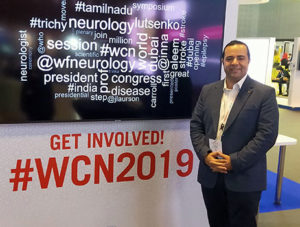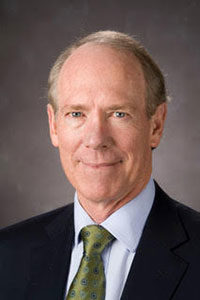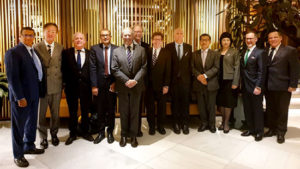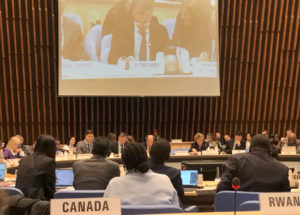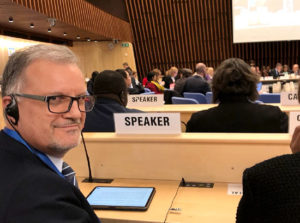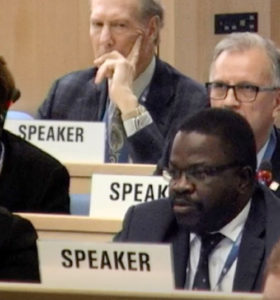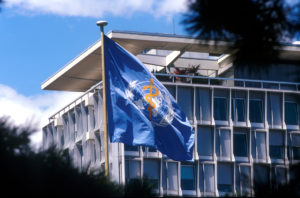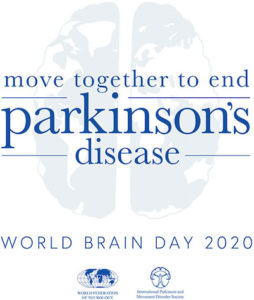
World Brain Day is July 22, 2020. This year, we are excited to announce that the World Federation of Neurology is partnering with the International Parkinson and Movement Disorder Society to raise awareness for Parkinson’s disease.
There are more than 7 million people of all age groups with Parkinson’s disease worldwide, and the illness affects many more than this number through its impact on families and caregivers.
Parkinson’s is a chronic, neurodegenerative whole-body disease that affects movement and almost all aspects of brain function. Its prevalence continues to rise at an alarming rate, making the actions of today vital to improving the lives of those who have been and will be diagnosed.
In order to meet our goal to diagnose earlier, treat more efficiently, and improve the lives of those living with this disease and of their caregivers, additional resources are needed to help better understand and treat Parkinson’s.
COVID-19 is a dramatic reminder that health care is a global issue. Let us remember that Parkinson’s disease is also a daily challenge faced by all ages and people, mainly by the elderly.
We hope you’ll join us and help spread the word by following the World Federation of Neurology on Twitter and Facebook.
WFN President
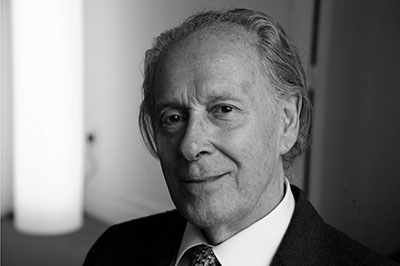
 World Brain Day was launched in 2014. Since then, the WFN, jointly with other international societies such as International League Against Epilepsy, World Stroke Organization, and the International Headache Society, chooses a topic with a view to drive home the importance of brain health and promote better neurological care globally.
World Brain Day was launched in 2014. Since then, the WFN, jointly with other international societies such as International League Against Epilepsy, World Stroke Organization, and the International Headache Society, chooses a topic with a view to drive home the importance of brain health and promote better neurological care globally.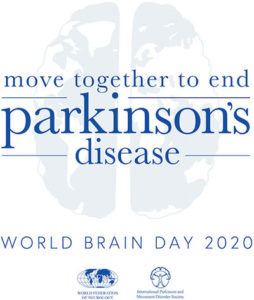
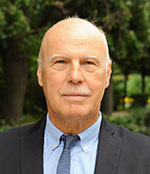
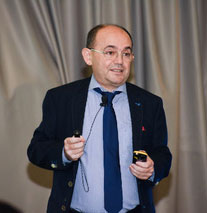
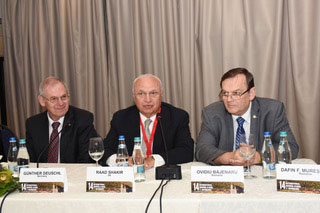
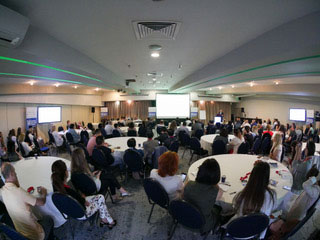
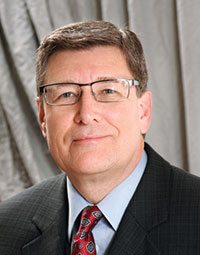
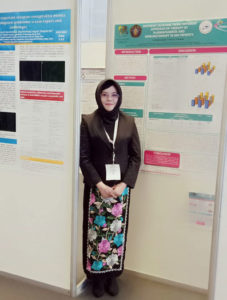
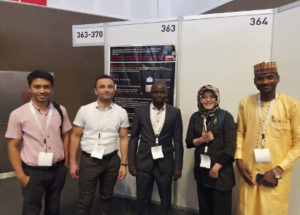
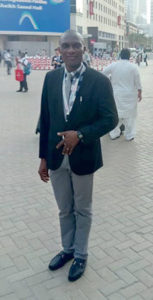
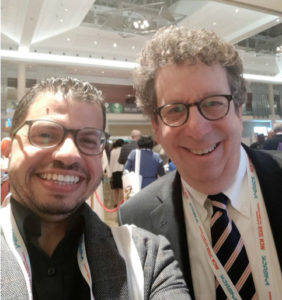
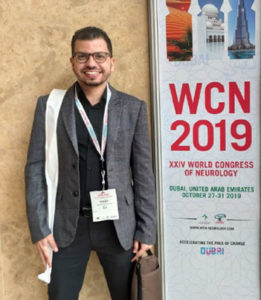 I am very happy to write this report after finishing the World Congress of Neurology 2019 in Dubai. This wonderful scientific event in all fields of neurology over five days covered each branch of neurology, with very informative teaching courses and a large number of posters with new fields of research.
I am very happy to write this report after finishing the World Congress of Neurology 2019 in Dubai. This wonderful scientific event in all fields of neurology over five days covered each branch of neurology, with very informative teaching courses and a large number of posters with new fields of research.